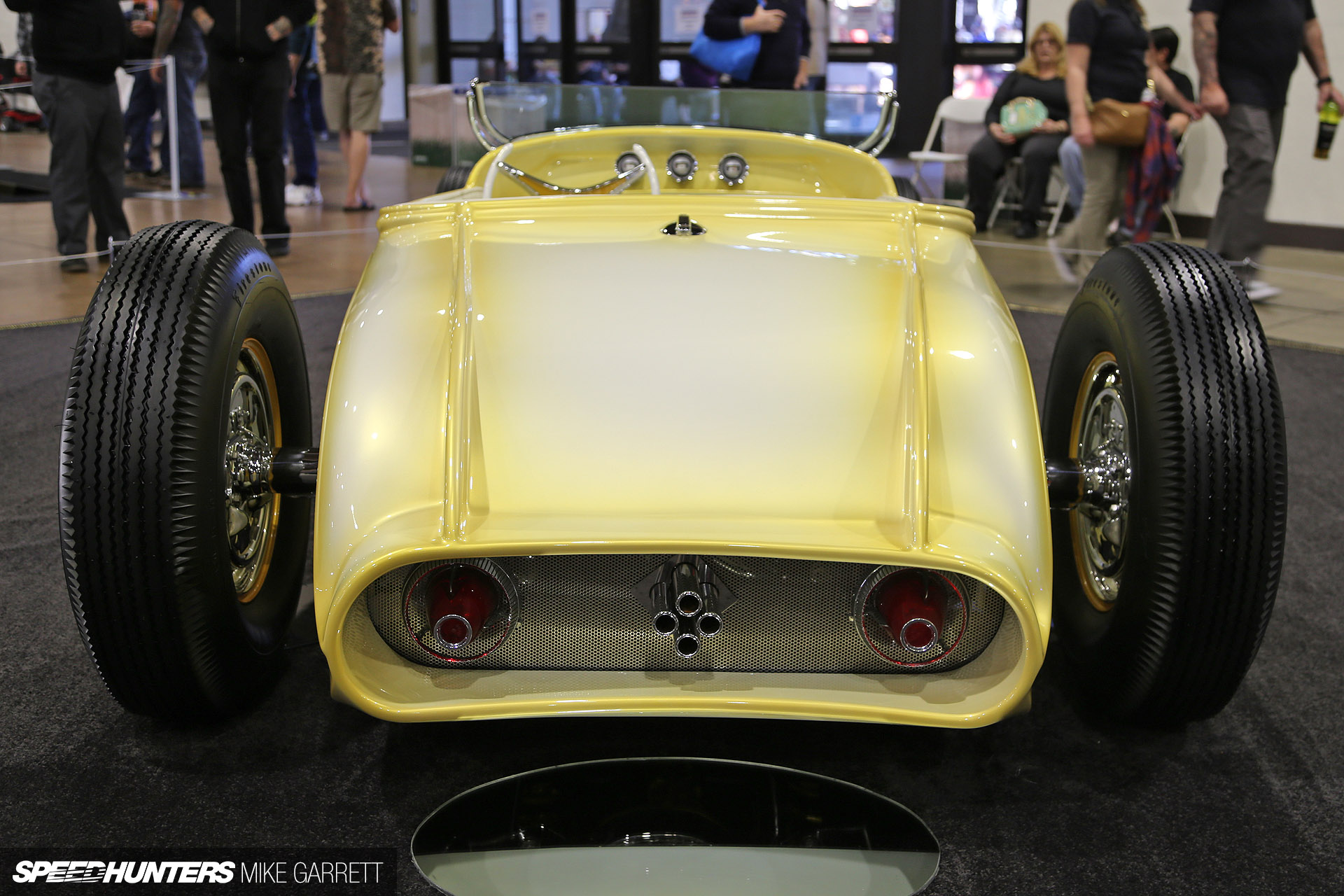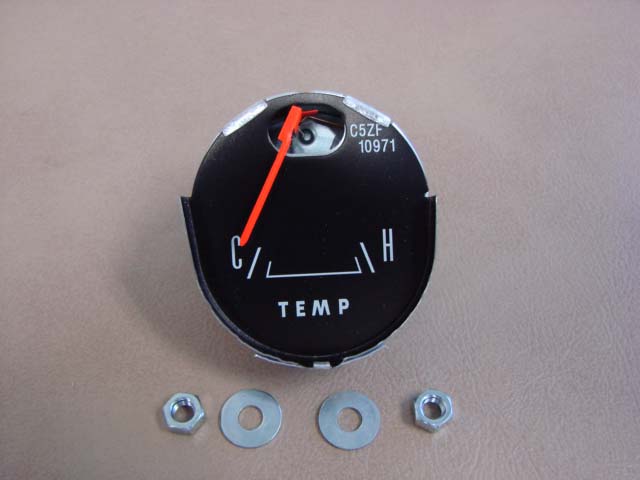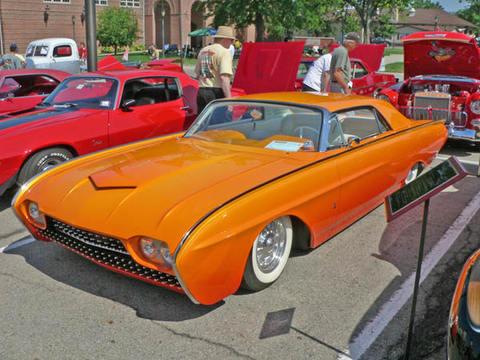
It was also chosen by Polyphony Digital CEO Kazunori Yamauchi for the GT award at the 2003 SEMA show in Las Vegas, Nevada, and it thereafter appeared in the fourth, fifth, and sixth installments of the Gran Turismo video game series. The car competed for 2003 Goodguys Street Machine of the Year, was selected for the cover of an issue of Custom Rodder magazine, and was featured in Popular Hot Rodding.

#1962 thunderbird gauges full
At this point, I don't care, it's more accurate then before, reads full when it's full, takes more then half a tank to fill when it reads empty.This 1962 Buick Special two-door sedan, known as Bu’Wicked, was built by Bill McGlaughlin’s Hot Rod Fabrication of Auburn, Washington. As far as complete accuracy, it allegedly had 6 gallons left, and if this were true, the gauge should be slightly over 1/4 full, as 1/4 full is 5.5 gallons. It took 16 out of 22 gallons, the gauge now reads full. Ended up at the gas station and filled the tank. Drove around some and the gauge moved closer to empty. After re-installing the sender, the gauge didn't go much higher, was slightly over empty compared to bone dry before. A note, the Bird Nest sender arm is stiffer than other repros, so it takes a bit more force to tweak it.įinal resistance reading was 4.6-4.8 ohms full, 73.6-74 ohms empty. If it still seems off for your liking you can bend the arm more or less as required. Once you get it to the right resistance plug it in and check the full gauge reading. Recheck the full resistance reading after bending the arm.

Bend the arm near the vise grips gradually. Clamp a small pair of Vise Grips right next to where the float arm attaches to the rheostat shaft. Meaning with a full tank at the full stop the resistance of the sender should be around 5 ohms. You ask isn't a Ford a 5 ohm sender? Well it should be. I then took the sender to the bench, and measured the resistance of the sender at the empty and full stops with an ohmmeter. I pulled the sender, propped it against the side of the tank on the full stop and check the gauge. Of course I could be completely wrong in my suspicion that the root of the replacement fuel sender offset error problem is an accumulated linearity error.įor the past couple weeks I've been driving the 64 until it reads bone dry empty, and then some. The PO had changed the fuel sender at some time in the past, and even though I installed a 7805 IC regulator in place of the original CVR (Constant Voltage Regulator), the problem persists. I have the same problem with the sender in my car. And it would only have to be about half of one AWG wire gauge error (larger or smaller) to effect a large linearity error. Because it would result in a non-linear output if the gauge of the replacement sender resistance wire were slightly smaller than the original gauge. From an EE's point of view, I had wondered if the resistance of the sender winding differed slightly from the original in an electrically loaded (driving the gauge) condition. If the poor end-to-end accuracy can be resolved by simply bending the arm, then it's an easy resolution. And that they typically tended to report much less than actual fuel on the gauge. I had been thinking about all of the problems owners had been experiencing with the replacement fuel sender units. Thank You for this great piece of information! If it reads below full, bend the arm down until it does. So if you are doing a new fuel sending unit, plug it in before installing it and check the fuel gauge reading with the float at the full stop. After 2 rounds of tweaking I got it on or slightly above the full mark. So I bent the arm on my old sender as close to the rheostat shaft as possible, basically away from the full stop, then check the gauge reading.

This leads me to believe the sender rheostat doesn't range from stop-to-stop, or the mis-positioning of the arm on the rheostat shaft causes it to go beyond the rheostat's range (arm past half way position). Ranging it gradually from halfway to the full stop it gradually moved the gauge up to 3/4 at the full stop.

When I moved the arm halfway in-between the stops it did not read half full. At the full stop it read 3/4 on the gauge. Hooked up my old sender to the connector and operated the float arm. I first verified the gauge circuit was OK, jumping out the sender connector pegged the gas gauge. Looks like when I get the gas low again I'm pulling the Bird Nest sender out to bend the arm. I was thinking I had a wiring issue if I didn't have to touch the float arm. I know it isn't a gauge, I had it out a long time ago and it worked correctly. I just put in a Bird Nest sender and the gauge still reads 3/4 when full, near empty when half full. I decided not to hi-jack the low fuel threads, because this is more related to the sending unit calibration/fuel gauge accuracy.


 0 kommentar(er)
0 kommentar(er)
